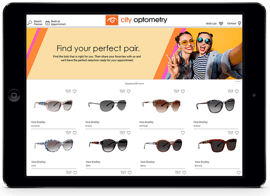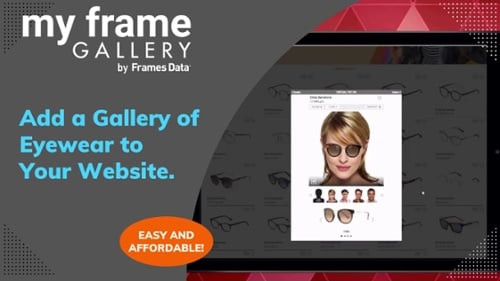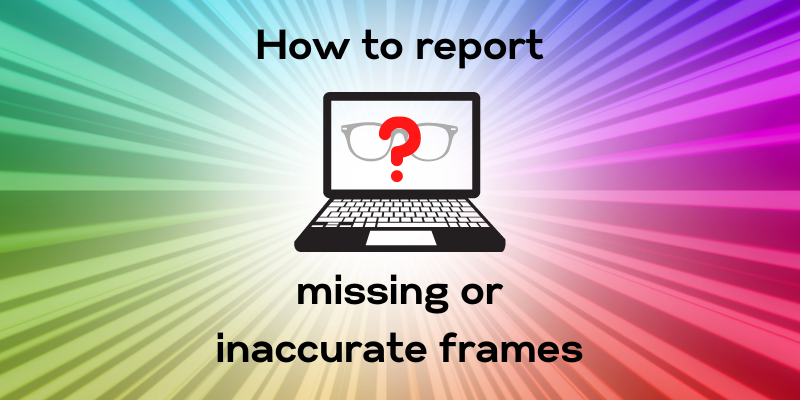Interested in how to put Facebook to work for your practice? Today's post about Facebook advertising comes to us from our friends at Marketing4ECPs and was originally published here.

Facebook is the oldest and largest social network around. But with plenty of competition in the social media landscape, it’s fair to wonder whether it’s still a valuable place to invest your marketing efforts.
With 2.85 billion active users every month (including 259 million monthly users in Canada and the U.S.), and most of them using it to connect to at least one small business, Facebook is absolutely a platform where you should be advertising your eye care practice.
Why Facebook Ads Work for ECPs
Using Facebook ads for your optometry business has the ability to make your practice stand out from other competing practices. Here’s why:
Less Competition
Despite the ubiquity of Facebook in their patients’ lives (and smartphones), few practices are using Facebook ads. While you may face high prices for Google Ads because you’re bidding against several other practices in your area for the same target market, the outlook is different on Facebook. You might find your marketing investment goes further.
Simple, Yet Effective
When managing your own marketing, it can be a bit intimidating to add a new platform to your content calendar. Facebook makes it super easy to get started, but you can still add complexity and customization as you learn what works for your business.
The basic steps of building a Facebook ad include:
- Choosing an overall marketing goal, like getting more locals into your practice.
- Selecting an objective for your ad, such as lead generation (getting people to book eye exams) or attracting more followers to your Facebook page.
- Describing the audience you want so that Facebook can target those people.
- Setting a budget for the life of the ad or your daily spend.
- Choosing an ad format, from photo or video to text-only.
- Placing your ad and giving it time to work.
- Tracking results and making adjustments before your next campaign.
Incredibly Detailed Audience Targeting
My Frame Gallery gives Facebook ads a new dimensionWhen consumers click on your link about eyewear, they expect to see...eyewear! Likewise, if you post about a specific brand, they expect that clicking on the post will show them products from that brand. That's exactly what the Direct Brand Link feature does for My Frame Gallery users.
|
Effective marketing relies on a deep understanding of your optimal patient. When you know exactly who you want sitting in your chair, you’ll be better able to use your marketing dollars to reach them, and it’s easier to troubleshoot when things don’t seem to be working. If you haven’t yet described your ideal patient in detail, check out our guide to doing just that.Facebook has a massive audience across demographics, and the detailed targeting features in Ads Manager make it very easy for you to focus on your ideal patient. Create a Core Audience based on your target patient’s location, age, gender, education, job, interests, previous purchases, and whether they’re connected to your business already.
Clearly See the Return on Your Investment
Unlike postcard campaigns, bus benches, radio spots, or print ads, it’s very straightforward to track the performance of a Facebook ad campaign using Ads Manager. To make the best use of analytics, be sure to let your ads run for at least 3–4 days, and give them enough budget to have effective reach. You can either manually tweak an ad and then compare it to a previous ad, or use Facebook’s A/B testing to test two variables from the start and see which works better.
(Nailing down your budget depends on several factors, from patient revenue to the cost of acquiring each patient. Learn more about crunching those numbers in our blog post about investing in Google Ads.)
Tips for Marketing Your Optometry Business Using Facebook Ads
There’s plenty of room for complexity when it comes to running Facebook ad campaigns, but simplicity will serve you well in the beginning. Here are some important tips to get you started.
- Ensure the copy you’re using for your Facebook ads is relevant and relatable to your target patient. Take what you know about your patients and turn it into content that aligns with what they care about and your marketing goals.
For example, if your ideal patient is a millennial mom with two school-aged children, she’s likely to be interested in topics like back-to-school eye exams, kids’ frame sales, and information about myopia control.
On the other hand, if your ideal patient is a 50-year-old executive with dry eyes who is passionate about health and fitness, your ads should probably be about your advanced dry eye diagnostics and therapy and information about nutrition to support visual health. - Make your messaging consistent. The content and tone in your Facebook ad should match your website or the landing page it’s linked to. Your prospective patient should know they’re on the right page when they click through, and it should be easy for them to take their next action whether they’re on their phone or a computer.
- Capture your audience’s attention with appealing imagery. Like the rest of the internet, Facebook is a visual medium, and you can’t rely on sub-standard photography or graphics if you want to attract patients.
Excellent imagery in a Facebook ad includes professional photography (a Google Maps screenshot of your storefront or blurry iPhone shot of your exam room won’t do), relevant, high-quality stock images, or branded graphic design. The image you use in your ad should be on-brand—it should match the rest of your Facebook content—and be relevant to the topic of your ad. - Ensure your call to action is clear, and make it as easy as possible for your target patients to perform that action.
Do you want your target audience to follow your Facebook page, go to your website to book an eye exam, or make a purchase from you? Each ad should have just one call to action, and it should be easy for a person to take that action.
Remember: People are scrolling through Facebook when they come across your ad. If it doesn’t immediately catch their attention and isn’t clear what you want them to do with the information, they may scroll on past.
Tap Into Our ExpertiseWhile Facebook ads are simple enough to start independently, you can gain more impressive results faster when you have an expert marketing team supporting your practice. |
%20(9%20x%2010.875%20in).gif?width=600&name=MFG%20banners%20(300%20x%20250%20px)%20(9%20x%2010.875%20in).gif)








Leave a comment